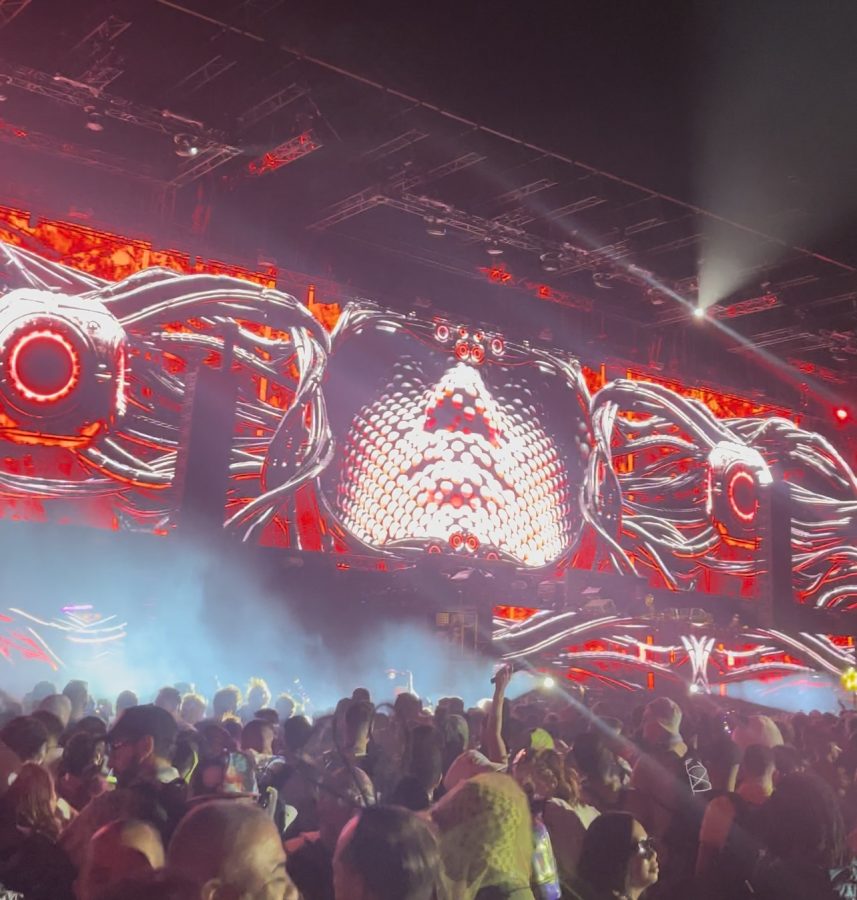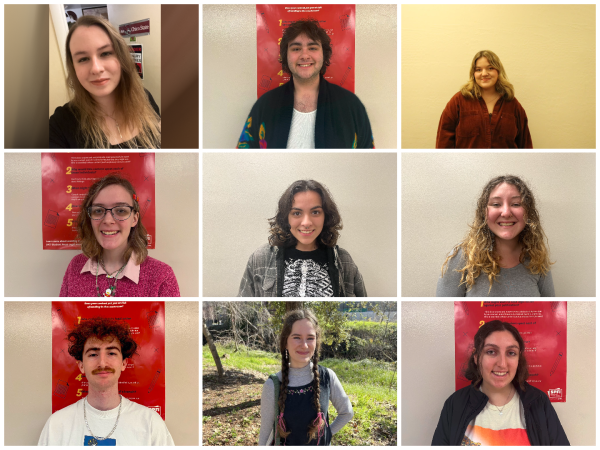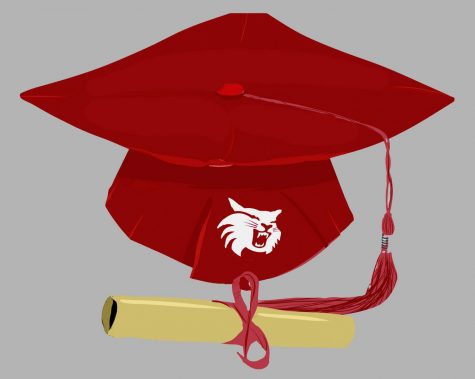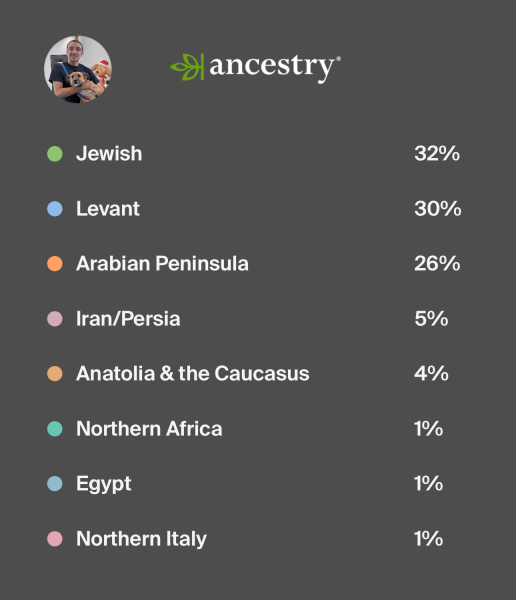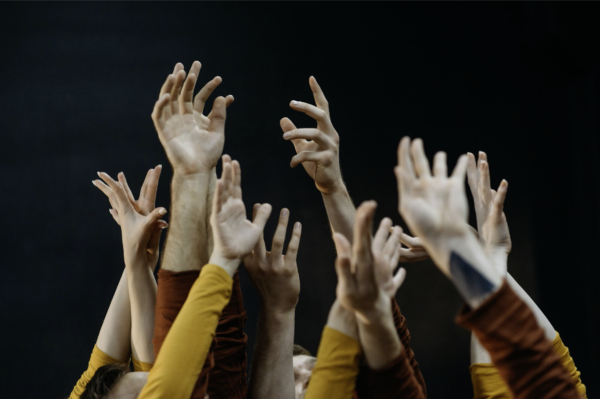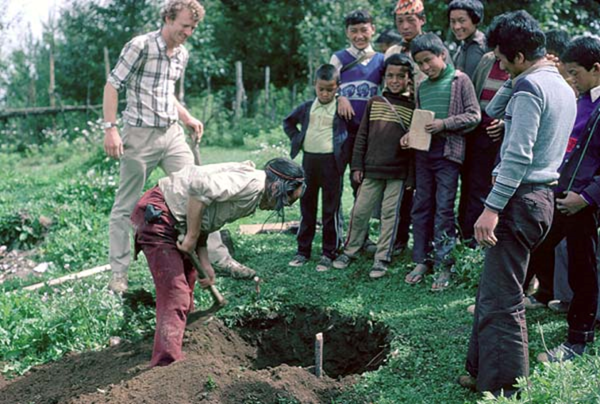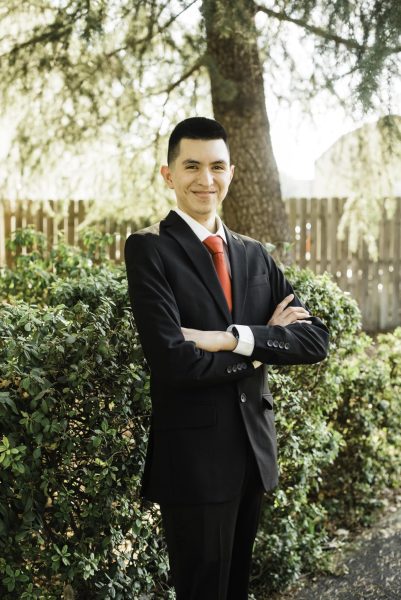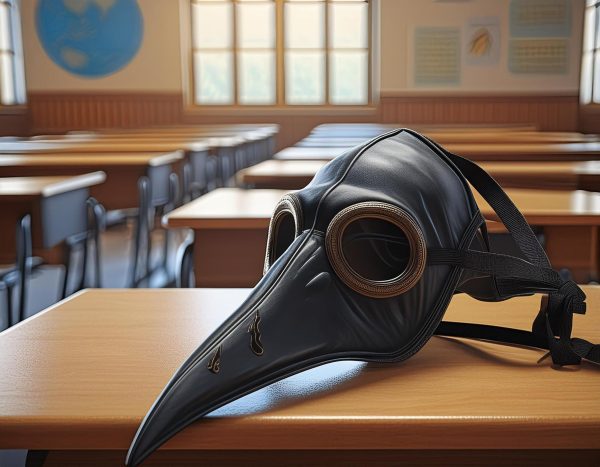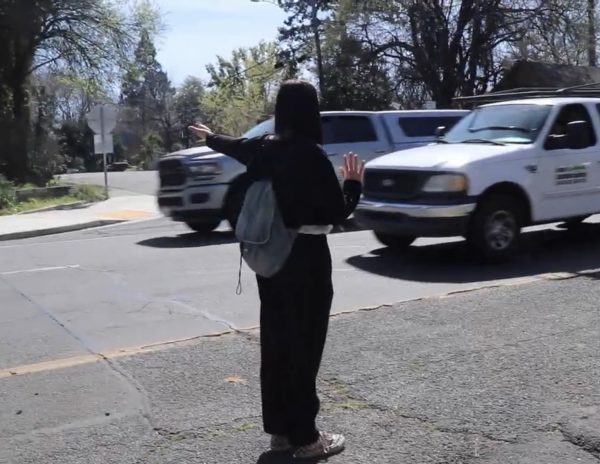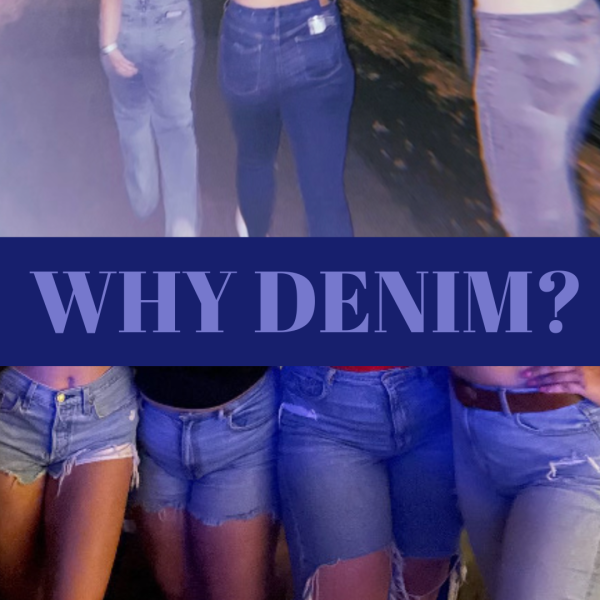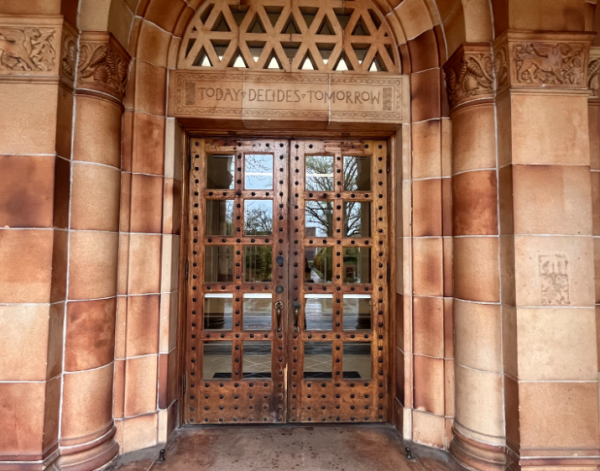ESCAPING the fentanyl crisis
As I packed my essentials for a two-day trip to Southern California, my friend Mayra blew up my phone with questions.
“What should I bring? Do I need to go to the store? Am I forgetting anything important? Is it going to be too cold to wear this?”
I smiled, answering the questions I had answers to. I invited her to join me for her first EDM, electronic dance music, festival. Her naiveté and excitement reminded me of my first festival. I remember packing everything else except the essentials and nervously, but excitedly, staring at my older brother.
Four years later, I’m an expert raver. I was answering questions and finding a way to pack two days of living into one small bag. Only the essentials this time. This included a hydration backpack, emergency foil blankets, gum, sunglasses, our handmade, beaded bracelets — aka Kandi — our costumes and of course, naloxone. Naloxone is a medication that reverses the effects of opioid overdose. This became a newfound essential in my bag.
In 2019, I embarked on my journey into festival culture, a utopia for EDM lovers. “Peace, Love, Unity and Respect,” PLUR, the acronym typically seen on the festival’s decorations, is a word created between ravers to embody a message of unity.
I showed Mayra how to trade:
“The tradition goes like this: you make beaded bracelets and when you make a connection with someone you trade bracelets. You make the hand symbols for PLUR while trading,” I said. “A major rule is you never give away bracelets that were given to you, only the ones you make.”
I didn’t realize festival culture was its own world until I started explaining these things. It’s different now than before Covid: new rules, new precautions.
September 2020 tallied the highest number of overdose deaths in America’s history — over 90,000 — 82.3% of opioid-related overdose deaths involved synthetic opioids, such as fentanyl.
Considering this information, I wanted to teach Mayra about the reality of today’s fentanyl crisis. I needed to teach her about the dangers and safety precautions in this new age of festivals.
We started our journey toward ESCAPE, a Halloween festival hosted by the company INSOMNIAC Events. It happens once a year and falls on Halloween weekend. They host a range of festivals in various states and countries, with many of their events at the National Orange Show Event Center in San Bernardino, CA.
This venue has over 120 acres and grounds that can accommodate more than 65,000 attendees and park approximately 5,500 cars. The facilities consist of six clear-span buildings, offering 150,000 square feet of indoor exhibit space and a quarter-mile speedway.
In 1993, Pasquale Rotella founded the company and is quoted on the company’s website saying, “I started INSOMNIAC back in 1993 in the living room of my house, and I am just as passionate about this culture now as I was back then. This beautiful community is constantly evolving, but it stays strong because we’re all united by core values that never change.”
“TWO DEAD, 11 HOSPITALIZED AT NOCTURNAL BEYOND WONDERLAND FESTIVAL,” an article by the DailyPress read on my Apple Watch weeks before ESCAPE. It was a quick glance but enough to stop me in my tracks. It was a story of opioid overdose. I thought this only existed on the streets. Now it was reaching a community that advocated for peace, love, unity and respect.
I remember looking at Mayra after reading this article.
“Look, I know we are going to have fun, but fentanyl is really bad right now. The smallest amount of that stuff and you’re gone,” I said, handing her the methylenedioxy-methamphetamine, MDMA, I bought and tested for her. MDMA, commonly known as ecstasy or molly, is both a stimulant and a psychedelic which can produce changes in perception, mood and cognitive processes.
That might come off as ironic, but drugs dominate festival culture. To be fair, it’s seen in most places in pop culture, especially music. It’s a matter of educating yourself on what is in your best interest and life perspective. I remember spending an hour in my bedroom days before the event testing the safety of each capsule. I opened each clear capsule to swab the sugar-like powder. I used an entire ten pack of fentanyl testing strips just to be sure. I needed to be sure. One small indicator of a faulty dose and I was ready to toss the magic pills. I was thankful for the internet because I was able to purchase them for a small fee of $10 each. A step so small can be lifesaving.
I looked her in the eye, sternly lecturing her, “Two minutes of your day can save your whole life, please don’t forget, it’s not worth missing this crucial step.”
I explained how inexpensive and easy it is to access test strips. I described the process: open a capsule, swab it and then wait two minutes for results.
ELI GILLESPIE-RODRIGUEZ, 27, WAS FOUND DEAD AT GLEN HELEN REGIONAL PARK. After spending a day at an EDM festival that offered onsite camping, he returned to his camp, smoked marijuana and died.
There were rumors that another fatality occurred when someone was offered an alcoholic beverage only for it to be laced with fentanyl. Although just a rumor, it impacted the reputation of the festival community.
Fentanyl can be 50 times more potent than heroin and just two milligrams can be lethal. This made me create another rule, NEVER accept free drugs or liquor from anyone.
“I need you to promise me, no matter how nice someone is, no matter how genuine someone is, we will not take anything from anyone,” I said, with one pinky raised, to Mayra.
I knew she thought it was a no-brainer. We have a history of loving to share when we’re intoxicated. In a sense, I was lecturing myself about this dangerous habit.
As we entered the NOS center with my rules packed in the corners of our minds, I was astonished by the energy. A big red sign read “ESCAPE” towering over everyone. It was flooded with ravers using it as a backdrop for their photos. Music was blasting and people passed by in an array of costumes: Shaggy, Neo from The Matrix, and even characters from the anime “Demon Slayer” entered the realm of ravers.
Rotella said, “Art comes in so many different forms and pulls us into a state of mind that makes it easier to connect with one another. Dancing can do that, too.”
Regardless of race or culture, we all came together. As Mayra and I walked toward the venue, she turned to me and asked, “So what’s the plan for tonight?” I explained to her that the festival had four main stages, each with its own unique theme and name.
“Feeding Grounds” displayed a giant spider and played bass-heavy music. “GRIMM” displayed a sculpture of the grim reaper meant to honor the dead. “The Sanitarium” housed house music. “The Sewer District” had door-like frames with neon lights and played techno music.
The night was decorated seamlessly to stimulate all the senses. There were vendors selling merch, food trucks all around and a ferris wheel that reflected its tower of lights onto a pond half the size of one of the stages. Walking around I saw a sculpture of a rusty tin elephant towering over us as we walked through the grounds, only to make me screech as multiple flames erupted as we passed. I could’ve sworn some of my hair was burned off from how intensely it warmed my skin.
Continuing our magical walk, we came across a sculpture of Medusa adorned in gold. So much to look at, and all the while the death of Gillespie-Rodriguez was in the back of my mind. How could such a peaceful community fail someone so badly?
Fentanyl was created by Paul Janssen, an award-winning biochemist. You may have heard of the company that partnered with him, Johnson & Johnson. He explicitly stated that fentanyl was never supposed to be used outside of the operating room.
Sam Quinones wrote about a Mexican drug dealer called “El Cerebro” in his book, “The Least Of Us.” Quinones discusses how El Cerebro was released from prison after a decade but had a mission to continue his work. Before getting arrested again, he made a batch of fentanyl and sold it to Chicago dealers.
“I told them how to dilute it, but I don’t know if they listened to me,” El Cerebro said in an interview with Quinones.
Turns out the majority of Chicago dealers did not believe him. They thought it was a scam for him to make more money, and people were complaining about heroin that wasn’t strong enough. Quinones wrote about how this belief led Chicago dealers to cut drugs with larger amounts of fentanyl, not knowing the fatal consequences for consumers.
Opioids are a direct suppressant on the pain receptors in your brain. This allows for a slippery slope to addiction and fatalities. Now that laws are restricting the use of opioids, the millions of people addicted have been cut off and begun a search on the street. This search has led to fentanyl reaching stimulants and psychedelics, consequently crossing into festival culture.
Now that fentanyl has traveled to festivalgoers, I saw not only my rules changing, but the festival culture around me changing too. INSOMNIAC made this more apparent by including EndOverdose.net on their site and working with them at festivals. At ESCAPE, they had a booth that taught people CPR and gave out free naloxone.
In the event of an overdose, you can use naloxone by inserting the two nasal injectors into the person’s nose, pumping the can once to instantly revert the overdose. After administering naloxone, you have approximately 60 minutes to get the person to a hospital before the effects wear off, and they return to a state of overdose.
The message was loud and clear — we need to be educated on the safety of drug use. We need to educate each other on how to save someone from the dangers of drugs.
“For some reason, it is still taboo to talk about. It is an uncomfortable conversation, but it must be had,” INSOMNIAC employee Justin Torres said, “Everyone should educate themselves on the problems of drugs at festivals and make well-thought-out decisions. Learn to ask for help when needed and that ripple effect will do so much good.”
Torres went on to explain the importance of taking care of your body when attending festivals. He noted that heat exhaustion and fatigue can be harmful if unmonitored.
“Keep in mind the pandemic prevented live events for almost two years,” Torres said, “In this sense, the reality of what happens when people are playing too hard has been forgotten.”
Listening to Torres reinforced the idea that education helps with harm reduction. This encouraged me to set new rules and continue educating my friend on the dangers of this new world, in hopes of creating a positive “ripple effect.”
As we adapt to the new world of festivals, I look forward to the effort of education and awareness of drug use from INSOMNIAC events and the End Overdose organization. Drug use may be a taboo topic, but opening the door to educate others on drug safety could be the beginning of significant harm reduction.
To those who have lost loved ones to overdose, their souls will be remembered. We will forever cherish those lives and fight back to educate others and create the community they deserve.
Stay PLURNT ravers, and I’ll see you on the dance floor.
Please visit EndOverdose.net to learn more resources on drug safety and overdose. You can also access free naloxone and fentanyl test strips through campus resources like WellCat Prevention.
Abbigail Kovac can be reached at [email protected].








